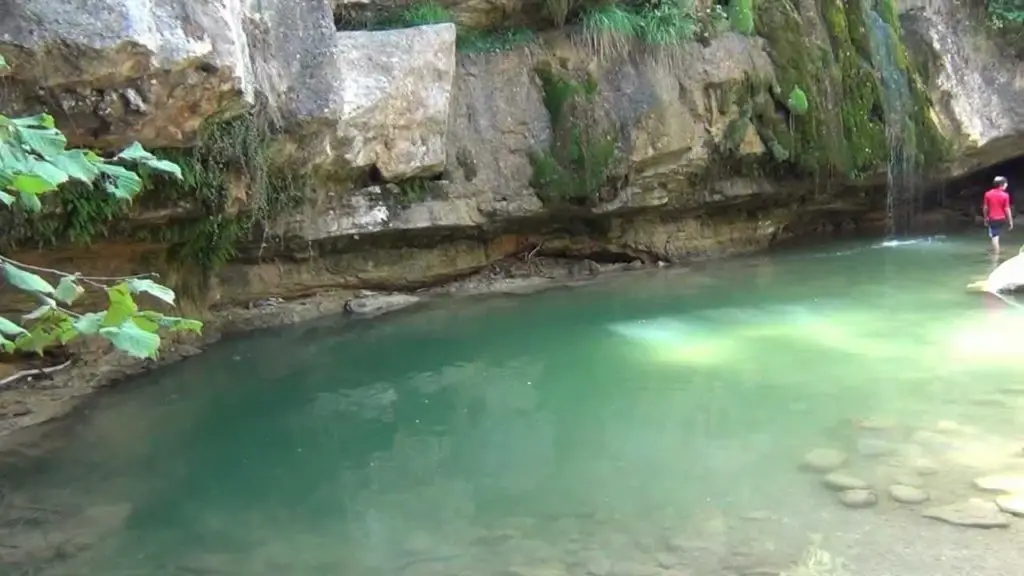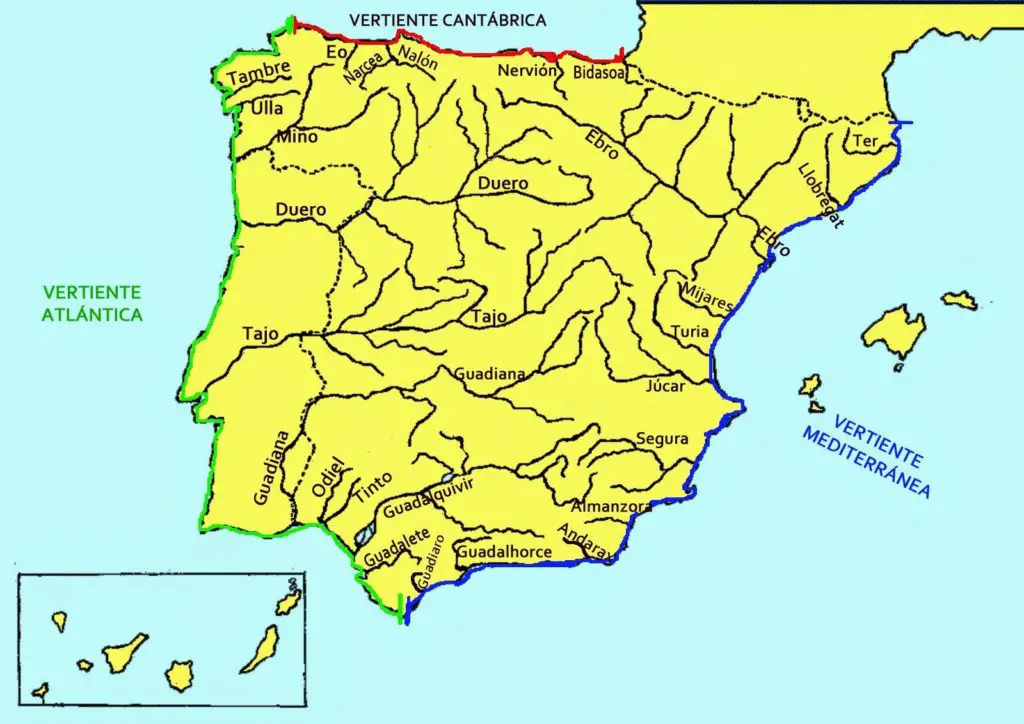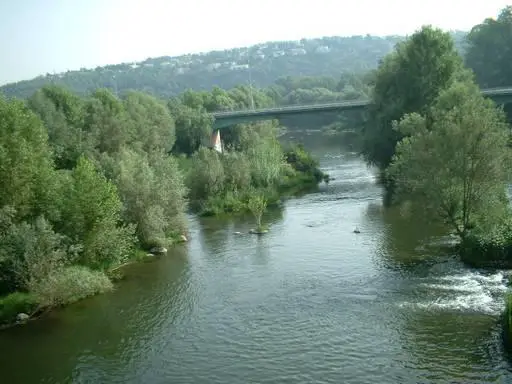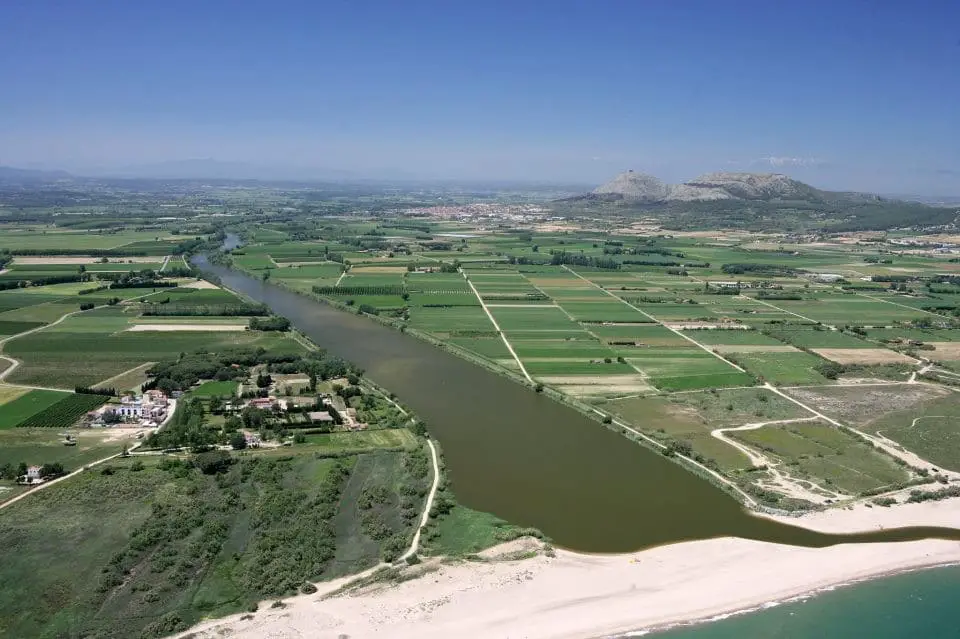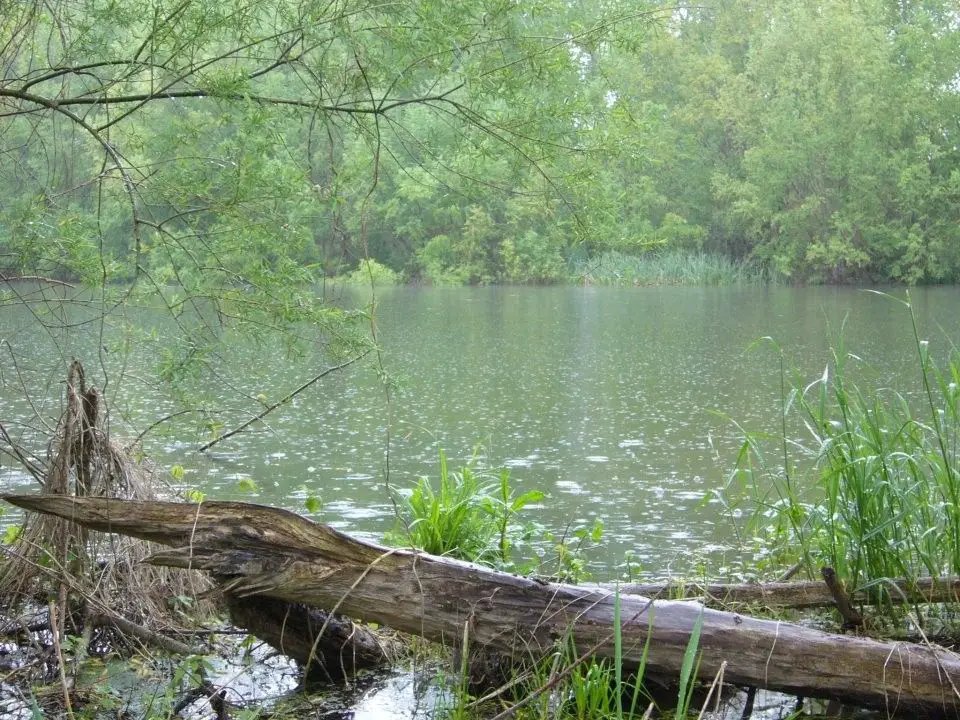The Ter River follows a course of 208 kilometres (129 miles) and drains an area of approximately 3,010 square kilometres (1,160 square miles).
Its catchment is characterised by a dendritic and exorheic drainage pattern. The river moves an average of 840 cubic hectometres (680,000 acre-feet) of water annually.
Indice De Contenido
Characteristics
With an average flow of 25 cubic metres per second (880 cubic feet per second) at its mouth. Although its source is in the Pyrenees (see article: Jamapa River).
The River Ter receives an important flow from rivers in the middle and lower plains. It is therefore prone to flooding both in spring and autumn.
The Ter is a river that is home to several aquatic species, such as the marsh heron, famous for its large red beak.
Map of the river Ter
River Ter Catalonia
The River Ter is a river in Catalonia (north-east of the Iberian Peninsula) that rises in Ulldeter to an altitude of about 7,900 feet (2,400 metres).
At the foot of a large glacier, it is bordered by the nearby peaks of the Bastiments, the Gra de Fajol or the Pic de la Dona (see article: River Pantepec).
It flows through the provinces of Ripollès, Osona, Selva, Gironès and Baix Empordà, before emptying into the Mediterranean at l’Estartit.
Tourism on the river Ter
The Ter route is a cycle route for hiking and tourism. It links two tourist destinations: the Pyrenees and the Costa Brava, thanks to a route that follows the river Ter and is divided into several Catalan regions.
Throughout the journey, participants will be able to discover a wide variety of landscapes, cultural elements, history and traditions in each of the towns along the route.
They will also be able to sample a variety of cuisines and stay in different types of accommodation.
They will have the opportunity to explore and visit the river Ter, from its source in Ulldeter (Setcases), at an altitude of 1,800 metres, to where it flows into the Mediterranean Sea, in the Gola del Ter (Torroella de Montgrí-L’Estartit).
It is a route that invites you to explore the river with all your senses, discovering an area rich in historical and cultural heritage and with an incredible flora and fauna. A significant part of this route is included in the Xarxa Natura 2000.
Hydrology
The River Ter is 208 kilometres long and flows through the provinces of Ripollès, Osona, Selva, Gironès and Baix Empordà, where its course provides vital water for irrigation in the provinces and also for the metropolitan area of Barcelona (together with the River Llobregat).
Water management in Catalonia has to guarantee the vital liquid to meet the needs and development of economic activities, it has to guarantee the good ecological condition of our rivers, in this case the Ter.
The current concession for the Ter Llobregat network supply service, in force since 1 January 2013, stipulates for the first time that the amount of water taken from the River Ter to supply the metropolitan area must not exceed 166 m3 /year.
And that in times of drought, the diversion should not exceed 60 m3 /year. In addition, the obligation remains in force that the flow of the river Ter, when it passes through Girona, must not exceed 3 m3 /s at any time.
The aim of this web page of the Catalan Water Agency is to show the diversions of the river Ter, with the necessary measures, in order to guarantee the water supply of the main area and to maintain the flow of the river (see article: River Lobos).
As required by law and established in the 7th meeting of the Ter-Llobregat System Commission on water emissions from the dam on 28 April 2015.
Flora and fauna of the river Ter
The flora and fauna of this area occupy four different zones. The river itself forms a zone where aquatic plants and animals live. Next to the river is the floodplain, which has its own unique plant species.
As the land begins to rise, the grouping changes again and the area further from the river is characterised by the distinctive Mallee trees.
This zone applies to some extent to the fauna of the region, although many live in more than one zone.
There are many plants that are adapted to live in water. Ribbon weed (Vallisneria americana), characterised by its ribbon-like appearance, often grows submerged in shallow water near the banks.
It provides habitat and food for native fish and other life forms, particularly from the algal and bacterial film that coats its leaves (see article: River Arga).
Red and green azolla (Azolla filiculoides) can often be seen floating along the river. In spring or in the shade, the upper parts of the plant are green, while in summer and autumn, when exposed to full sunlight, they usually turn bright red.

